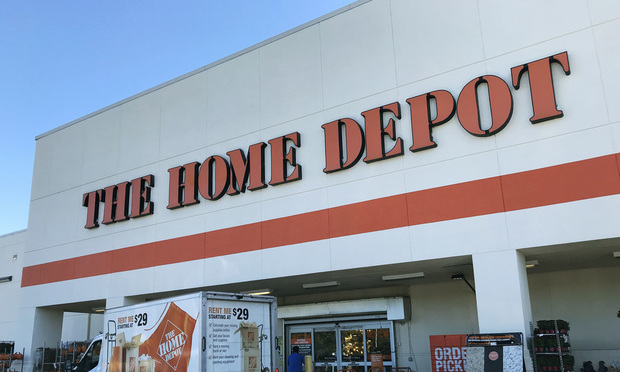(Bloomberg) – On one end of a dock at America's busiest port, tractor-trailers haul containers through dense, stop-and-go traffic. Sometimes they collide. Sometimes the drivers must wait, diesel engines idling, as piles are unstacked to find the specific container they need.
A few hundred yards away, advanced algorithms select the most efficient pathway for autonomous carriers to move containers across the wharf. The four-story-high orange machines cradle their cargo, passing quietly within inches of each other, at speeds as fast as 18 miles an hour, but never touching. Self-driving cranes on tracks stack the containers and then deliver them to waiting trucks and trains with minimal human intervention.
Doubles speed of loading and unloading ships
TraPac LLC's Los Angeles marine-cargo facility demonstrates how autonomous technology could revolutionize freight transport as much as or more than personal travel. TraPac's equipment doubles the speed of loading and unloading ships, saving money and boosting profits. Their impact is rivaling that of containerization, which eliminated most manual sorting and warehousing on docks after World War II.
Want to continue reading?
Become a Free PropertyCasualty360 Digital Reader
Your access to unlimited PropertyCasualty360 content isn’t changing.
Once you are an ALM digital member, you’ll receive:
- Breaking insurance news and analysis, on-site and via our newsletters and custom alerts
- Weekly Insurance Speak podcast featuring exclusive interviews with industry leaders
- Educational webcasts, white papers, and ebooks from industry thought leaders
- Critical converage of the employee benefits and financial advisory markets on our other ALM sites, BenefitsPRO and ThinkAdvisor
Already have an account? Sign In Now
© 2025 ALM Global, LLC, All Rights Reserved. Request academic re-use from www.copyright.com. All other uses, submit a request to [email protected]. For more information visit Asset & Logo Licensing.








